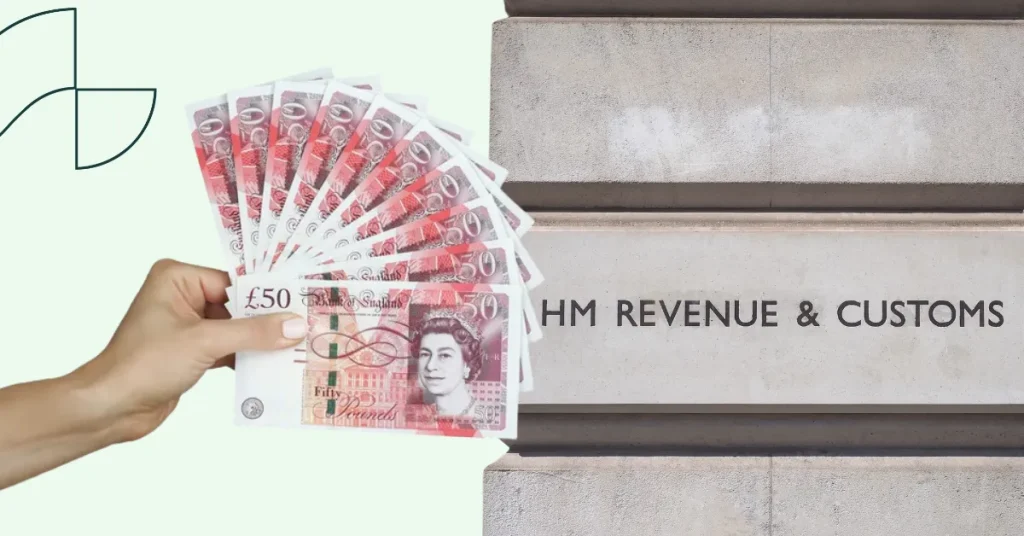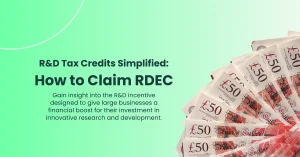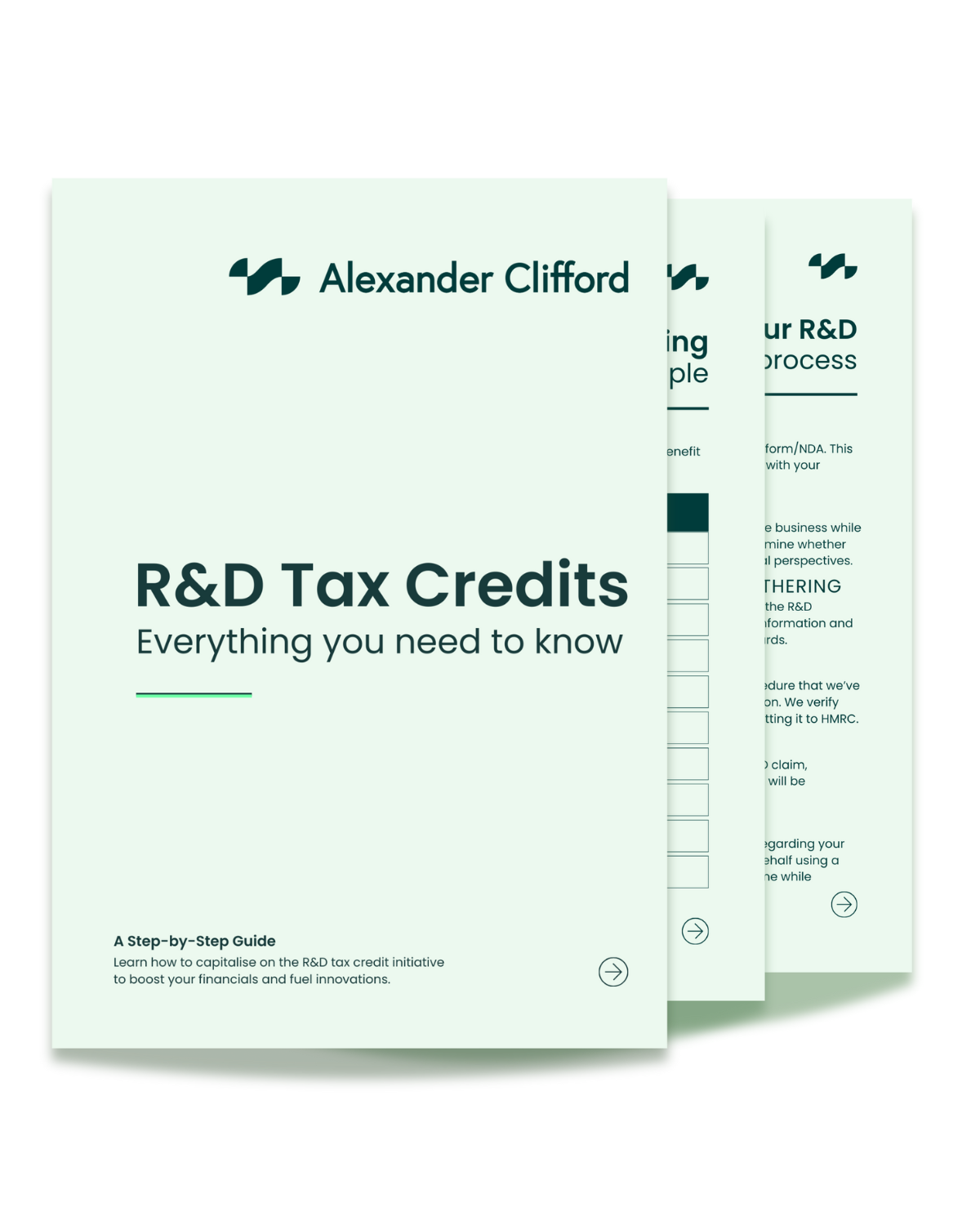R&D Tax Relief Example: Who Can Claim?

Have you been wondering how R&D claims work? We took our professional insights of HMRC policy to explore what the relief is, who can claim R&D tax credits, and an exclusive look at an R&D tax relief example to show you what goes into a successful claim.
With the ability to mitigate financial risk while providing support for cutting edge projects, the R&D tax relief has sponsored some of the greatest innovations in science and technology in the past 25 years. Could your research and development project be next?
Find out in our mini dive into R&D tax credit claims, complete with an R&D tax relief example of a successful claim!
What is R&D Tax Relief?
In 2000, the British government began their plan to position the UK as a global hub for innovation, by strengthening the economy through scientific and technological growth. In order to do this, they knew that innovation should not be limited to people in lab coats, but should be extended to businesses that understand the limitations of their own industries.
This is where the idea of R&D tax relief was conceived.
For the past 25 years, R&D tax relief has been a form of innovation funding that provides businesses with the opportunity to offset a portion of the cost invested in qualifying research and development.
Book a quick call back
The Benefits of R&D Tax Relief
Successful claimants often encounter an array of significant benefits that support their businesses and their projects. Some of the benefits of R&D tax relief include:
- Reductions on corporation tax
- Improved cash flow
- Fewer financial risks in relation to research and development
Who Can Claim R&D Tax Relief?
One of the greatest things about the R&D tax relief, is that pretty much any business can claim, as long as they are:
- Liable to UK corporation tax
- Undergoing a science or technology based research and development project
It’s important to remember that HMRC has a specific definition of research and development that states: the project must aim to overcome a technical uncertainty in science or technology that could not be readily solved by an expert in the field.
Who Cannot Claim R&D Tax Relief?
As long as the business and its project meets the qualifying criteria above, they are able to make an R&D tax relief unless the advancement is in one of the following fields:
- The arts
- Humanities
- Social sciences (including economics)
Qualifying R&D Activities
HMRC’s definition means that qualifying research and development projects should be made up of activities that directly help to solve the scientific or technological uncertainties.
To highlight how activities can be used to help overcome the uncertainty in a research and development project, here are a few examples of qualifying R&D activities
- Creating a new software platform with unique capabilities that’s required for overcoming technical challenges
- Enhancing the efficiency of a manufacturing process by designing and testing new methods to reduce waste
- Building and testing prototypes of a new medical device to ensure it meets safety and performance standards
R&D Tax Relief Example: Making a Successful R&D Claim
Loss making businesses can claim 230% of their qualifying R&D expenditure. For every £100 spent on R&D, an additional £130 uplift applies, resulting in £230 of enhanced expenditure. Applying the 14.5% credit to this amount provides £33.35 in R&D Tax Credits.
Imagine if you will, a tech startup that’s developing a smart energy monitoring system. The team faces significant challenges in creating algorithms to optimise usage in real time, resulting in a technical uncertainty around data processing and device integration.
Upon the completion of their project, this is how the tech company would go about making a successful R&D claim:
- Identified qualifying activities
From coding to testing, the startup uses HMRC’s guidelines to identify qualifying activities - Compiled documentation
Throughout the course of the project, technical documents were kept and can now be used to support the claim - Identified eligible expenditure
Using financial documents kept throughout the project, the startup highlights all qualifying costs - Calculated worth of the claim
Using an R&D tax credit calculator, the startup works out how much they could receive from the relief - Worked with an R&D tax credit specialist
To ensure the claim is compliant by HMRC standards, the startup sought the services of professionals who identified additional activities and costs
By approaching their R&D claim this way, the startup was able to maximise their claim, and reinvest their savings into further innovation.
R&D Support with Alexander Clifford
At Alexander Clifford, we’re passionate about helping innovative businesses like yours make the most of R&D tax credit relief.
As one of the UK’s top R&D tax credit advisories, our specialist team knows HMRC policy inside and out, and we’re here to ensure every qualifying activity and cost is accounted for, maximising your claim with precision and care.
Our proven approach has already helped clients secure over £83 million in tax credit benefits, and we’re ready to do the same for you.
Don’t let your innovation go unrewarded. Get started today by filling out the contact form below or schedule an appointment.
Let’s work together to unlock the full value of your R&D efforts!
Get a decision on your R&D eligibility from a qualified specialist in 15 minutes.







